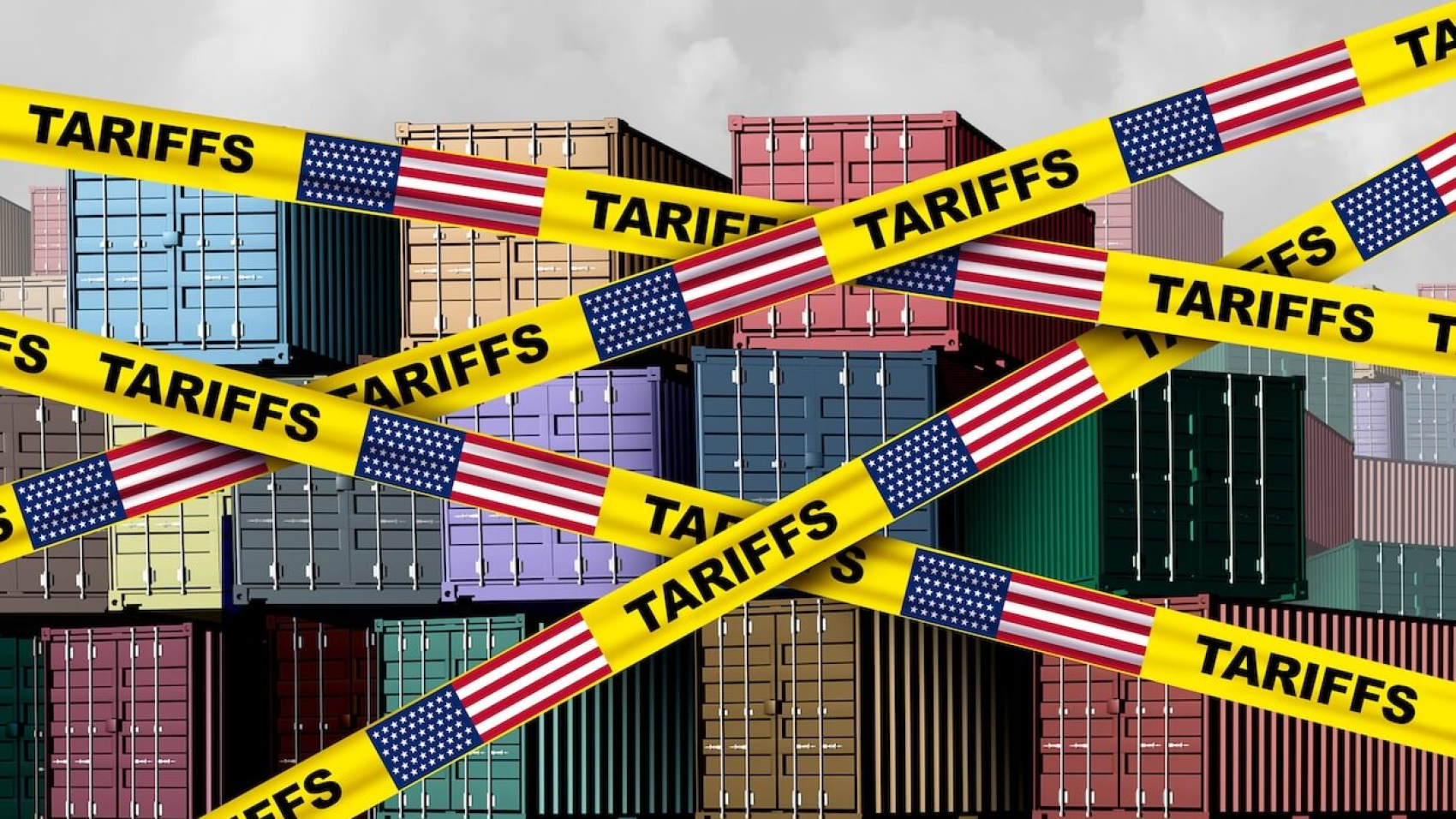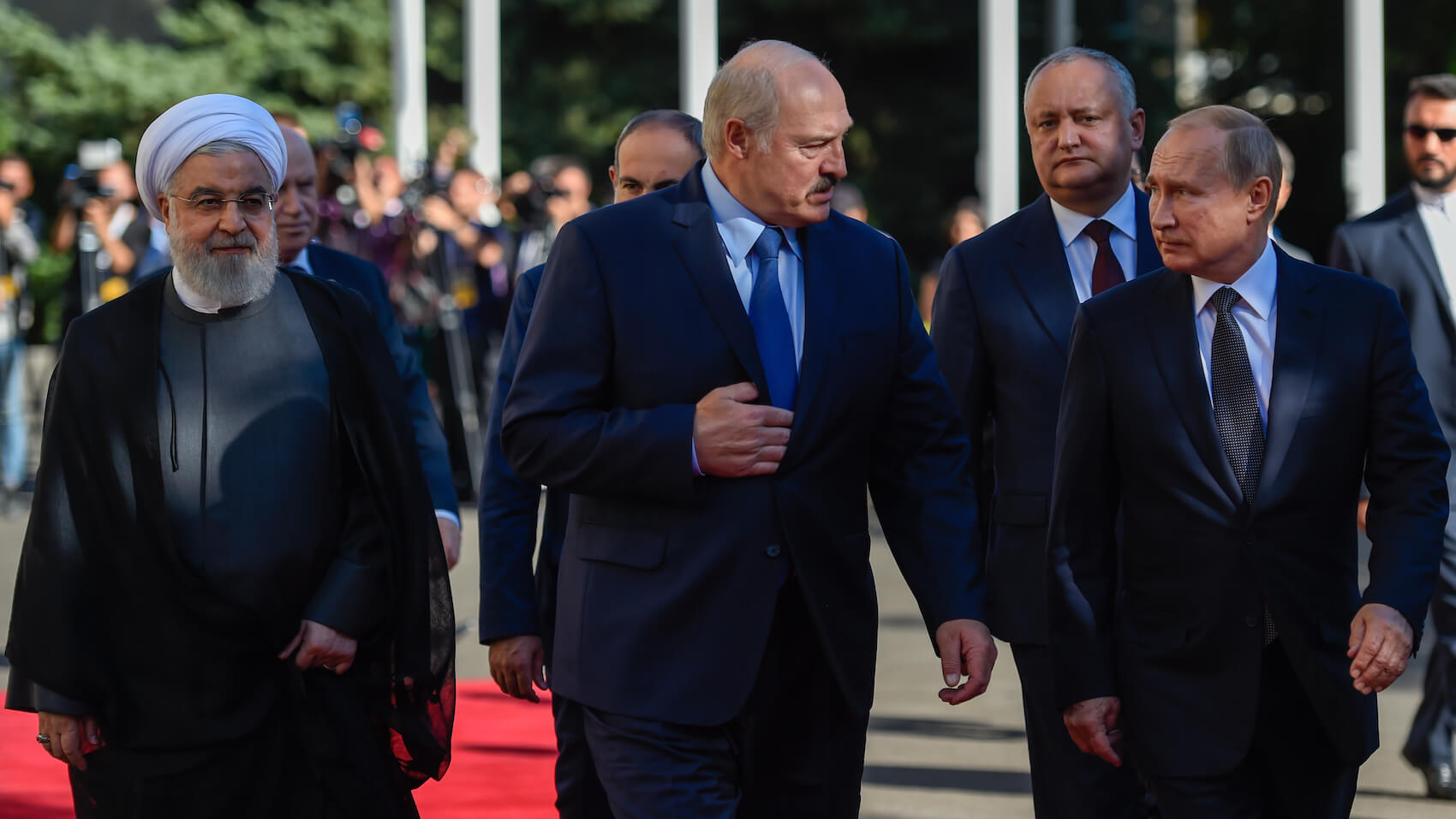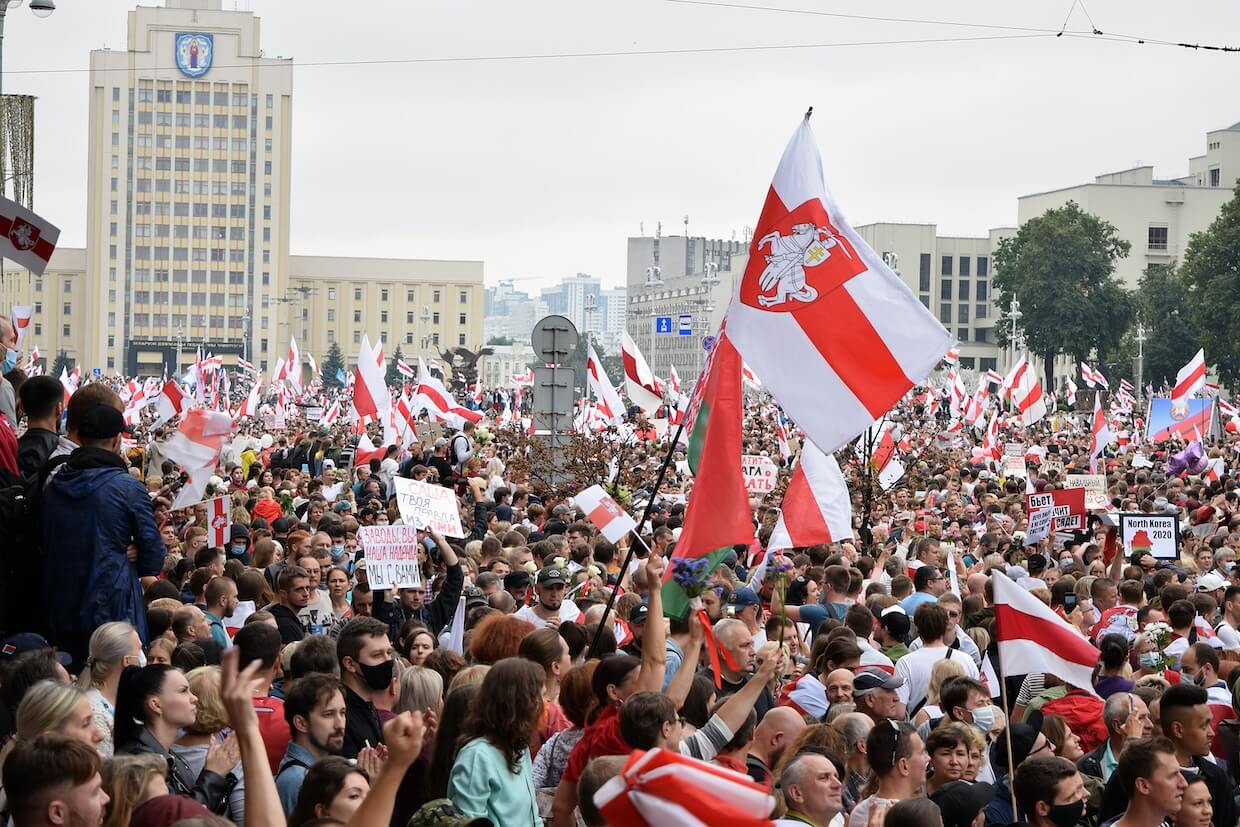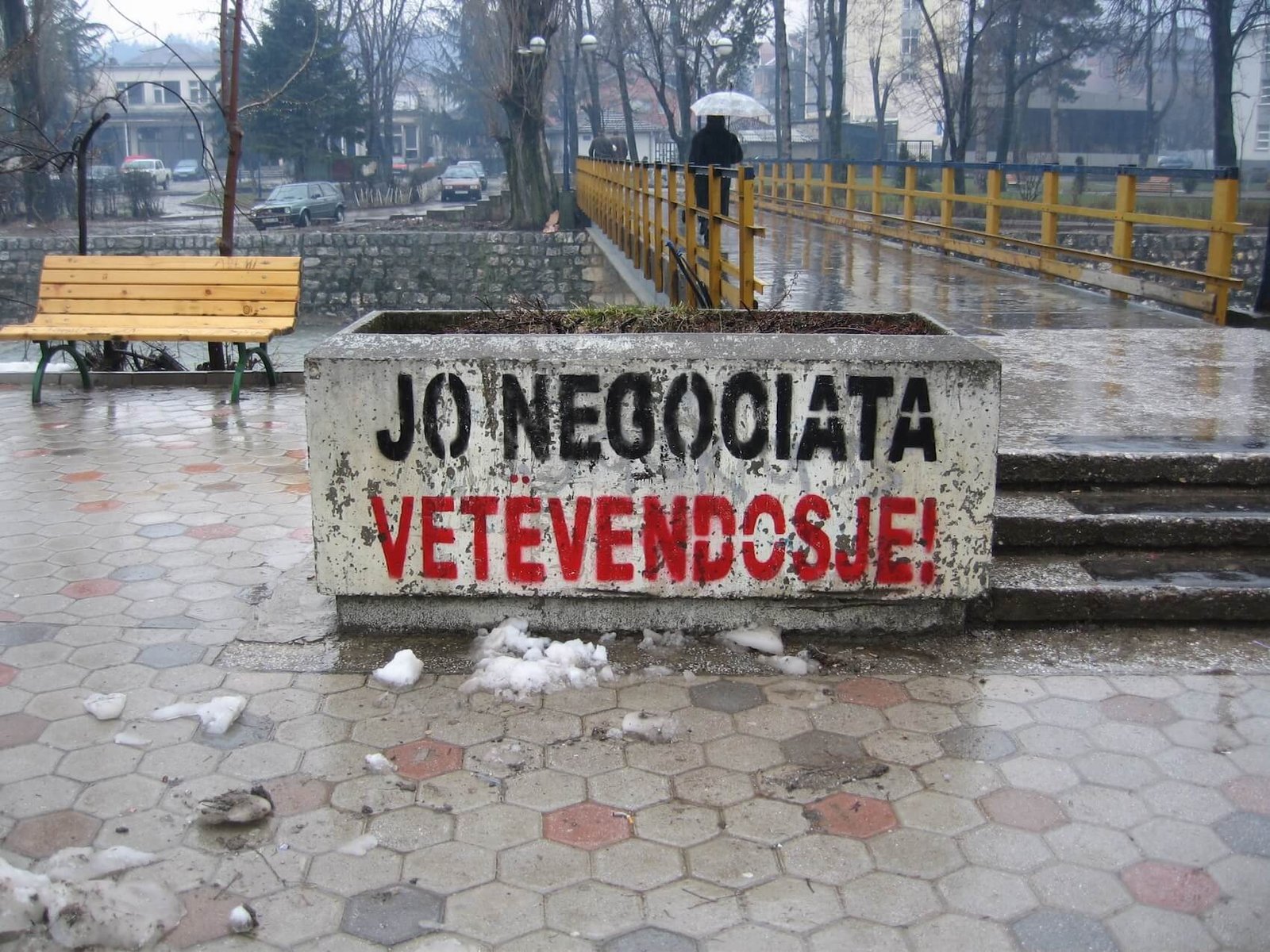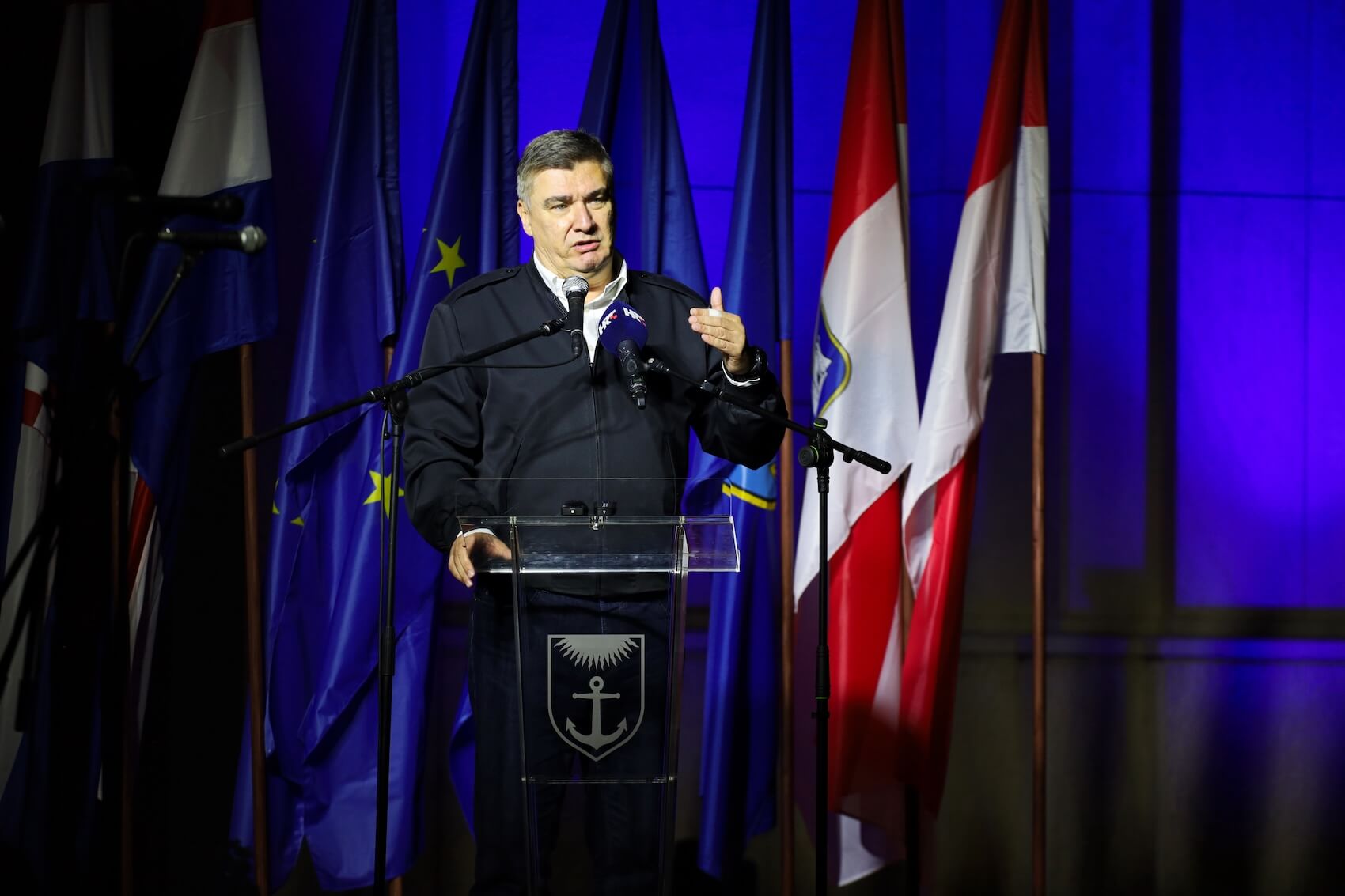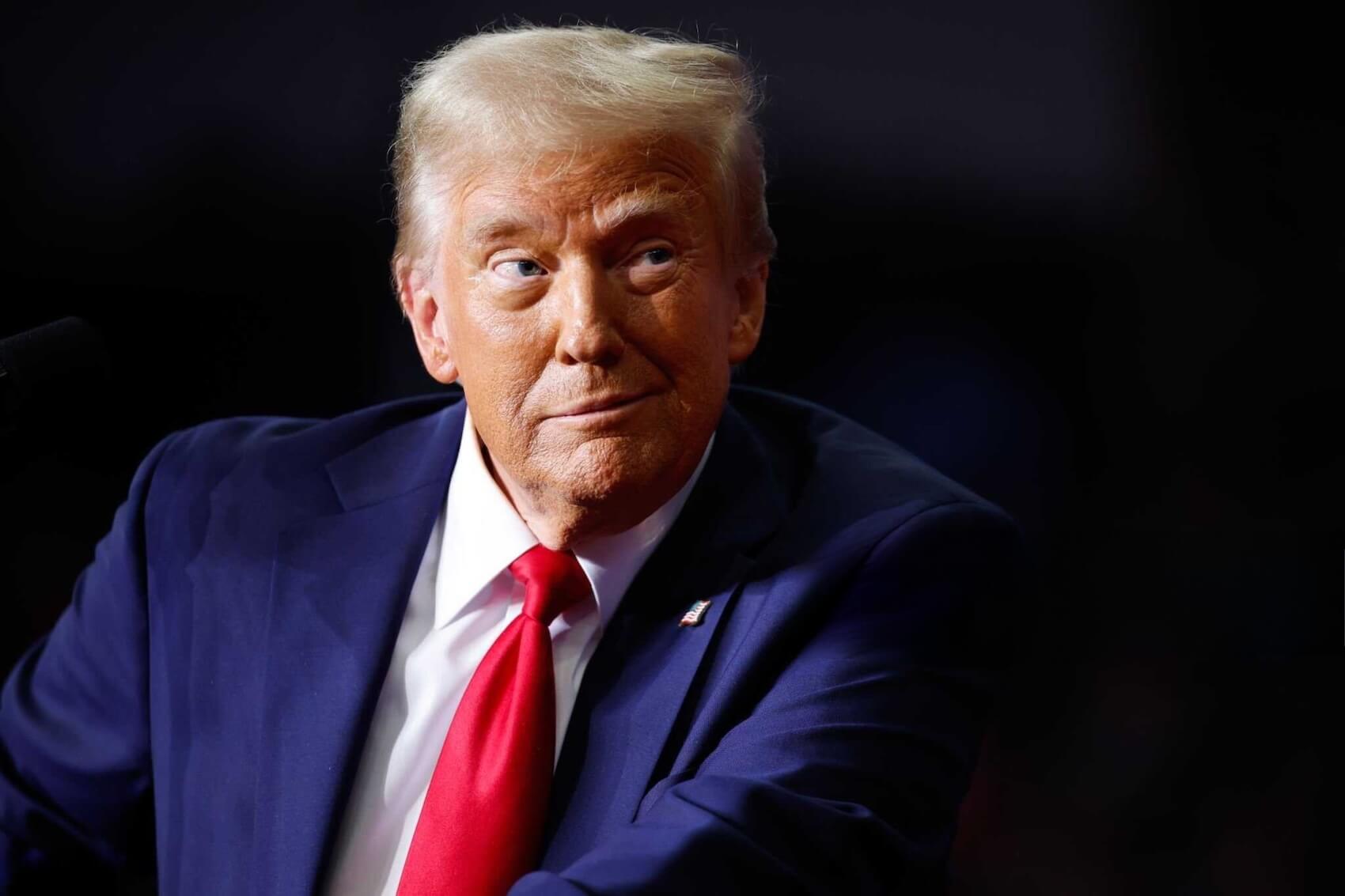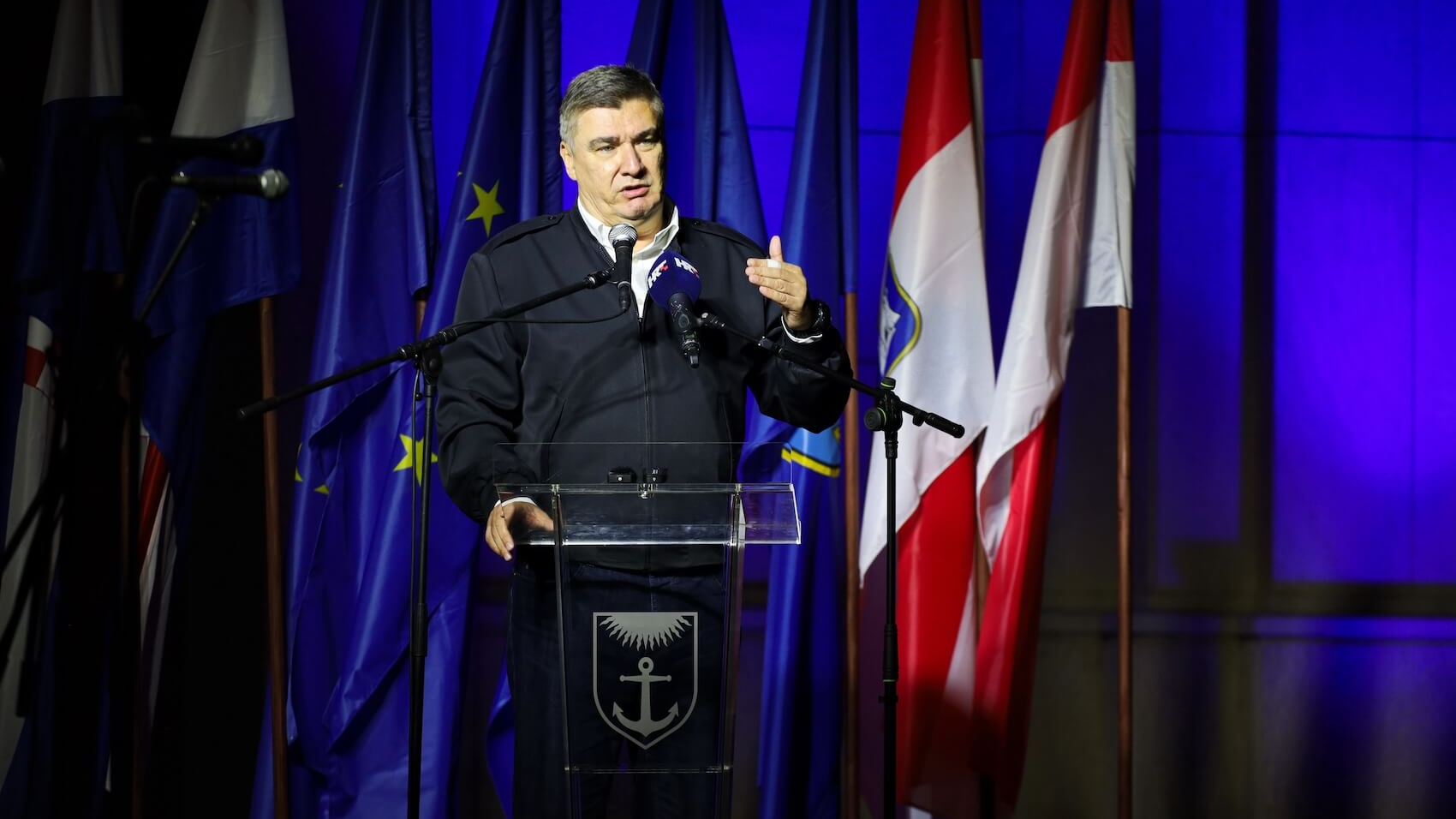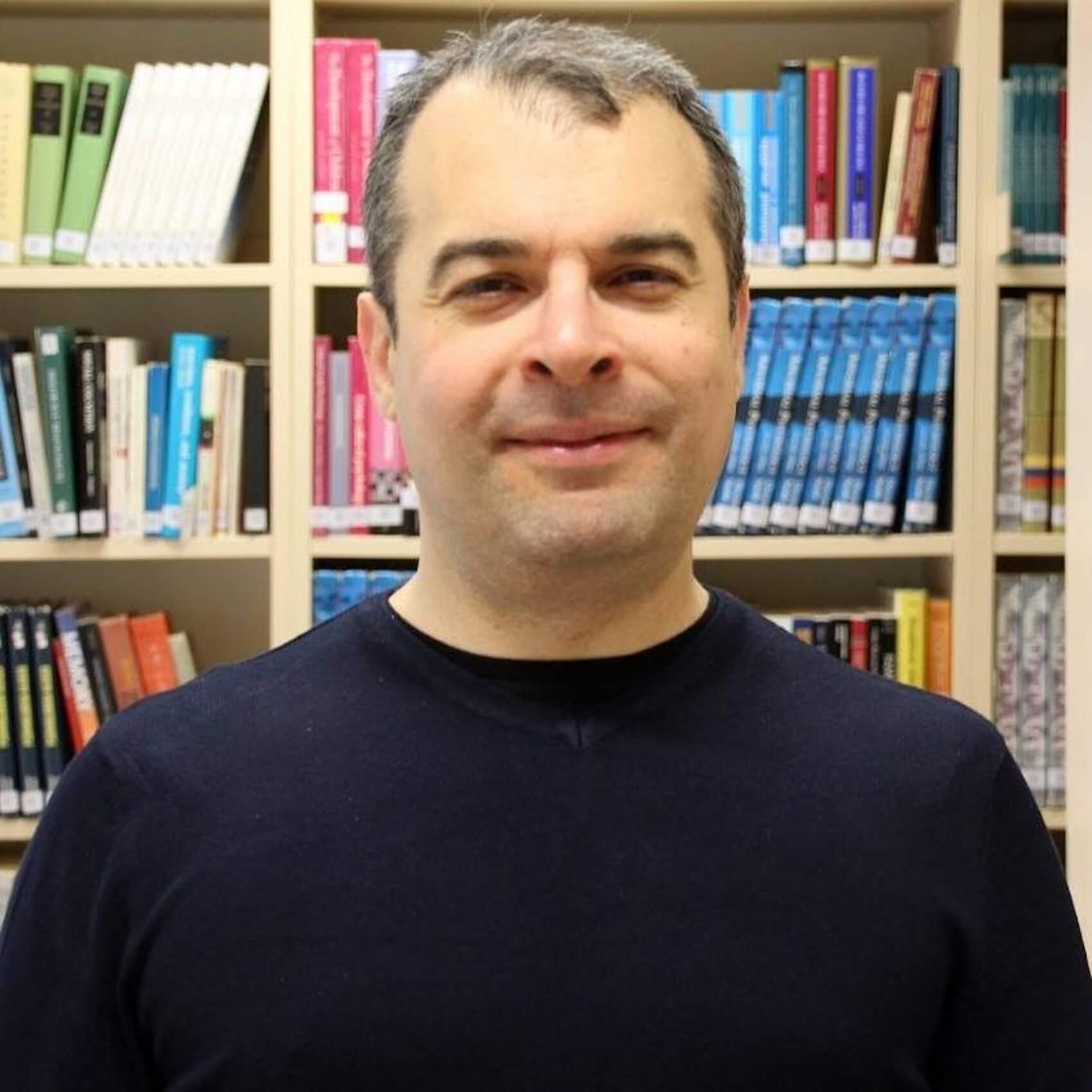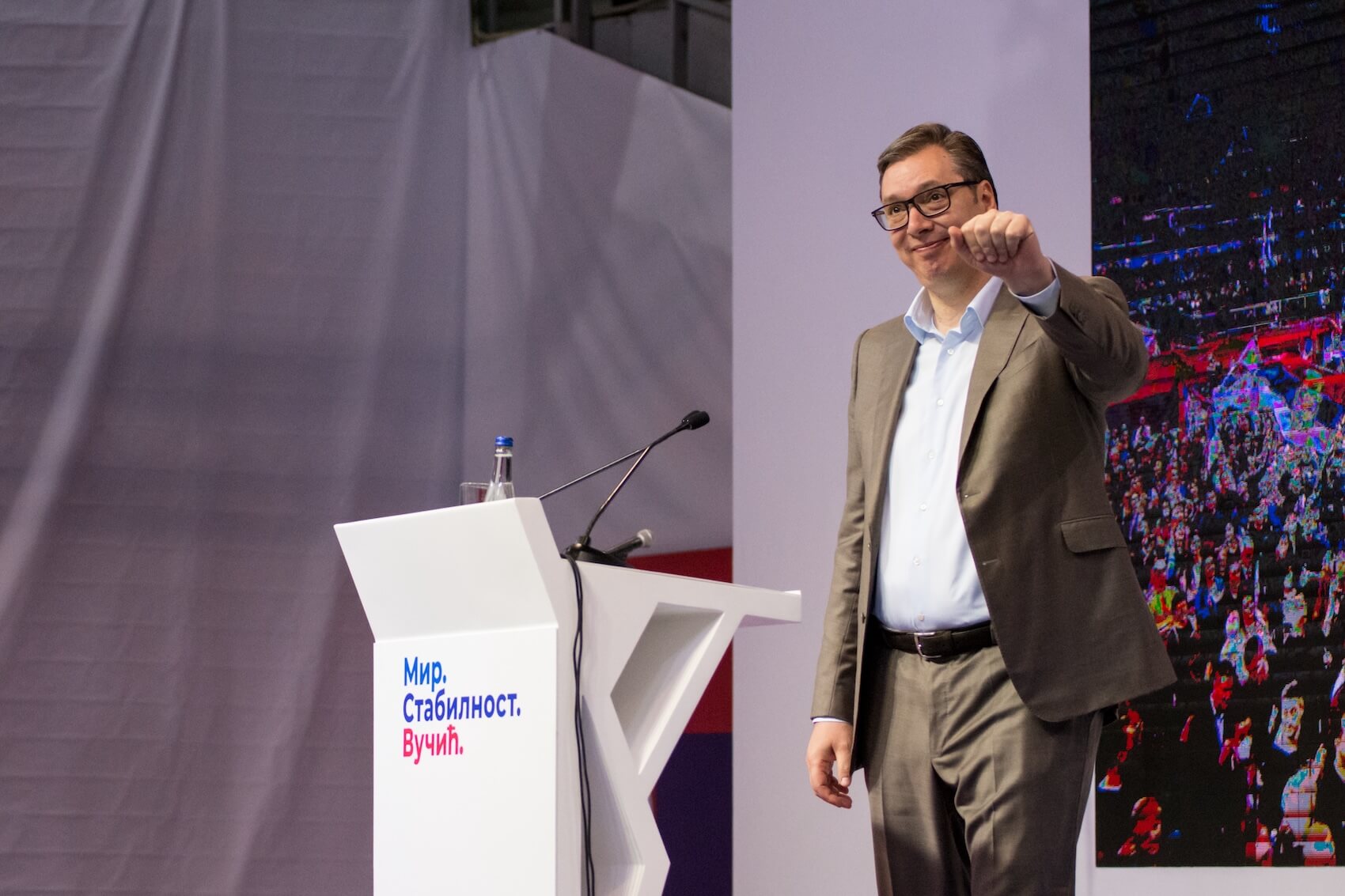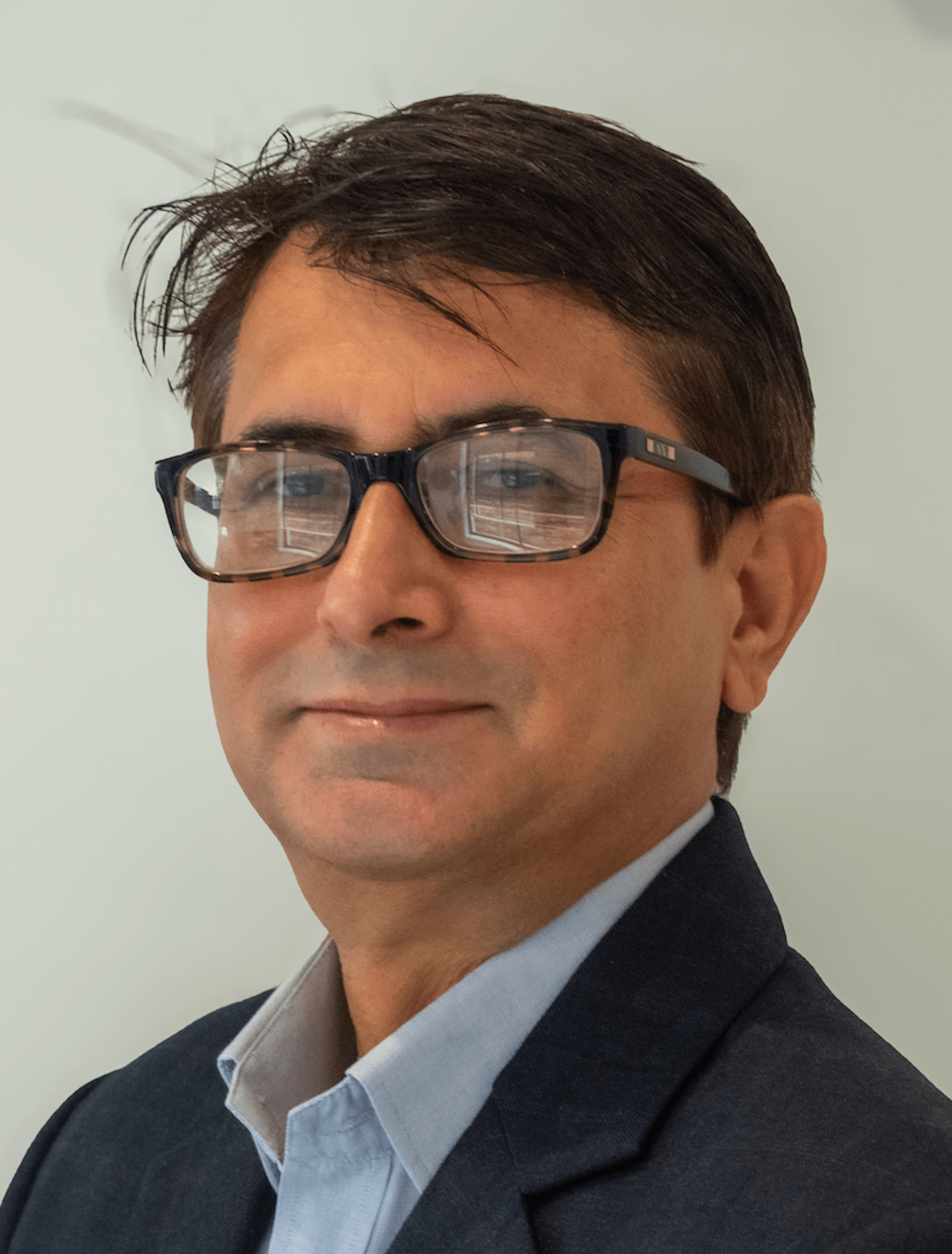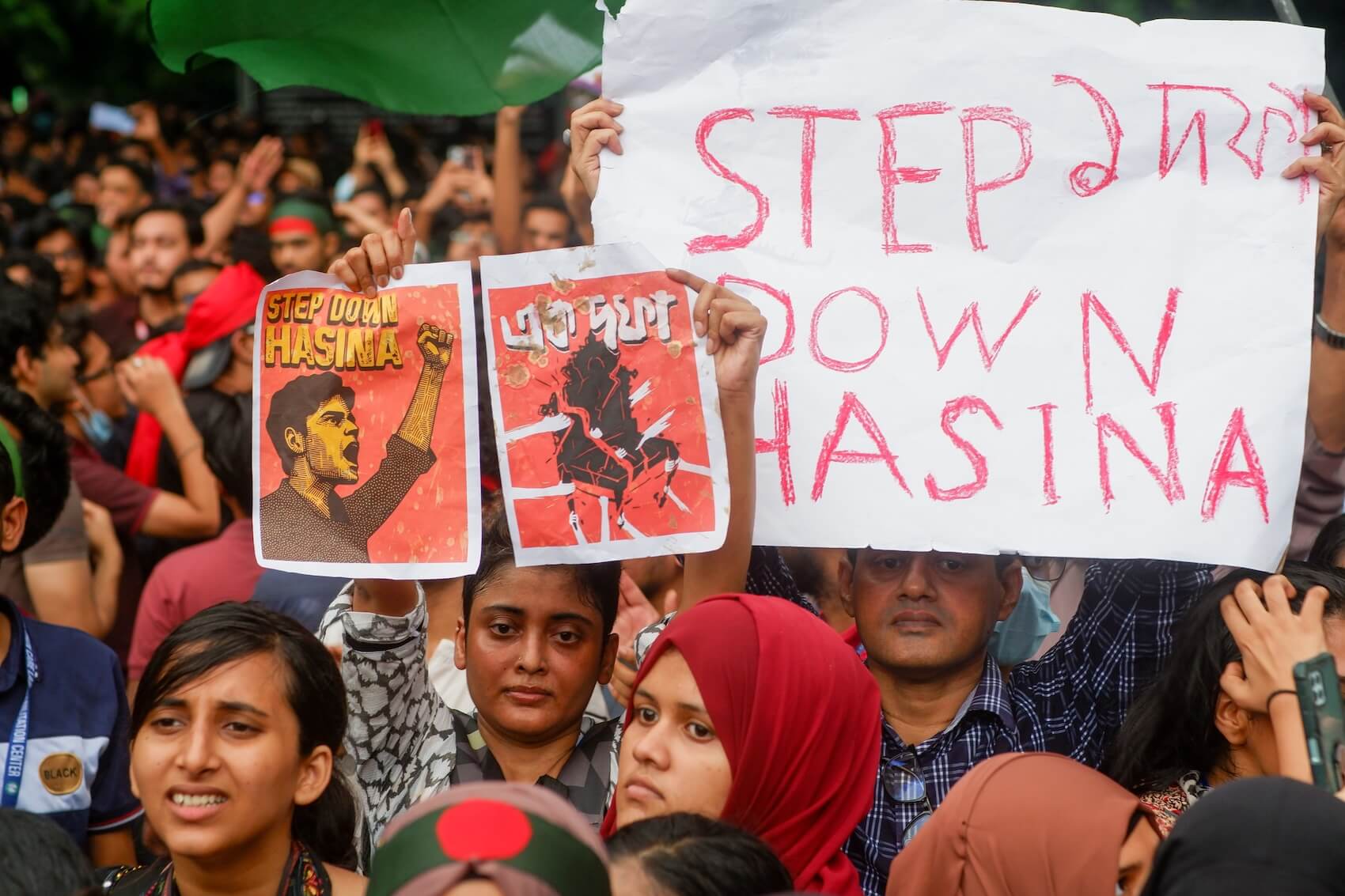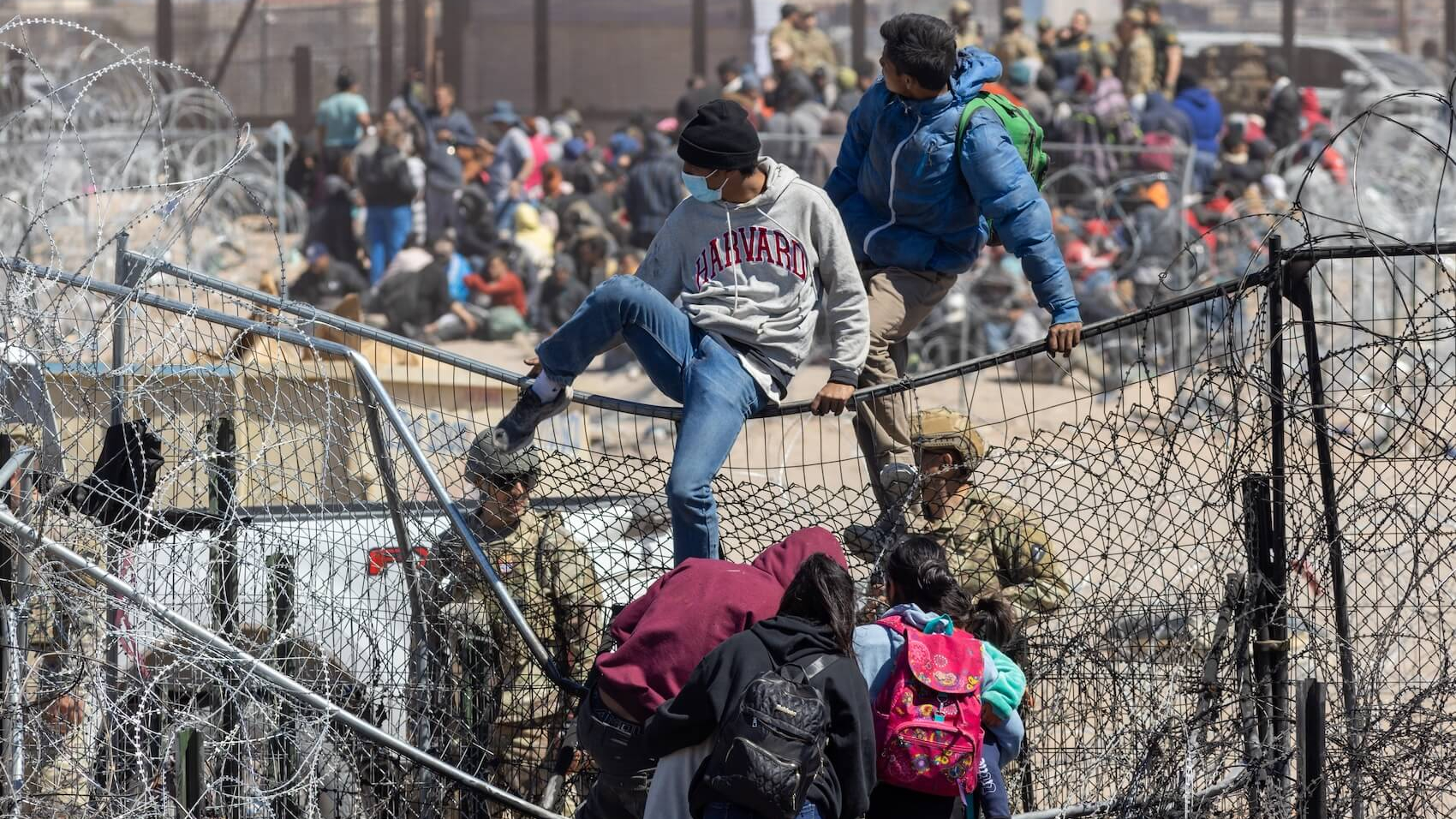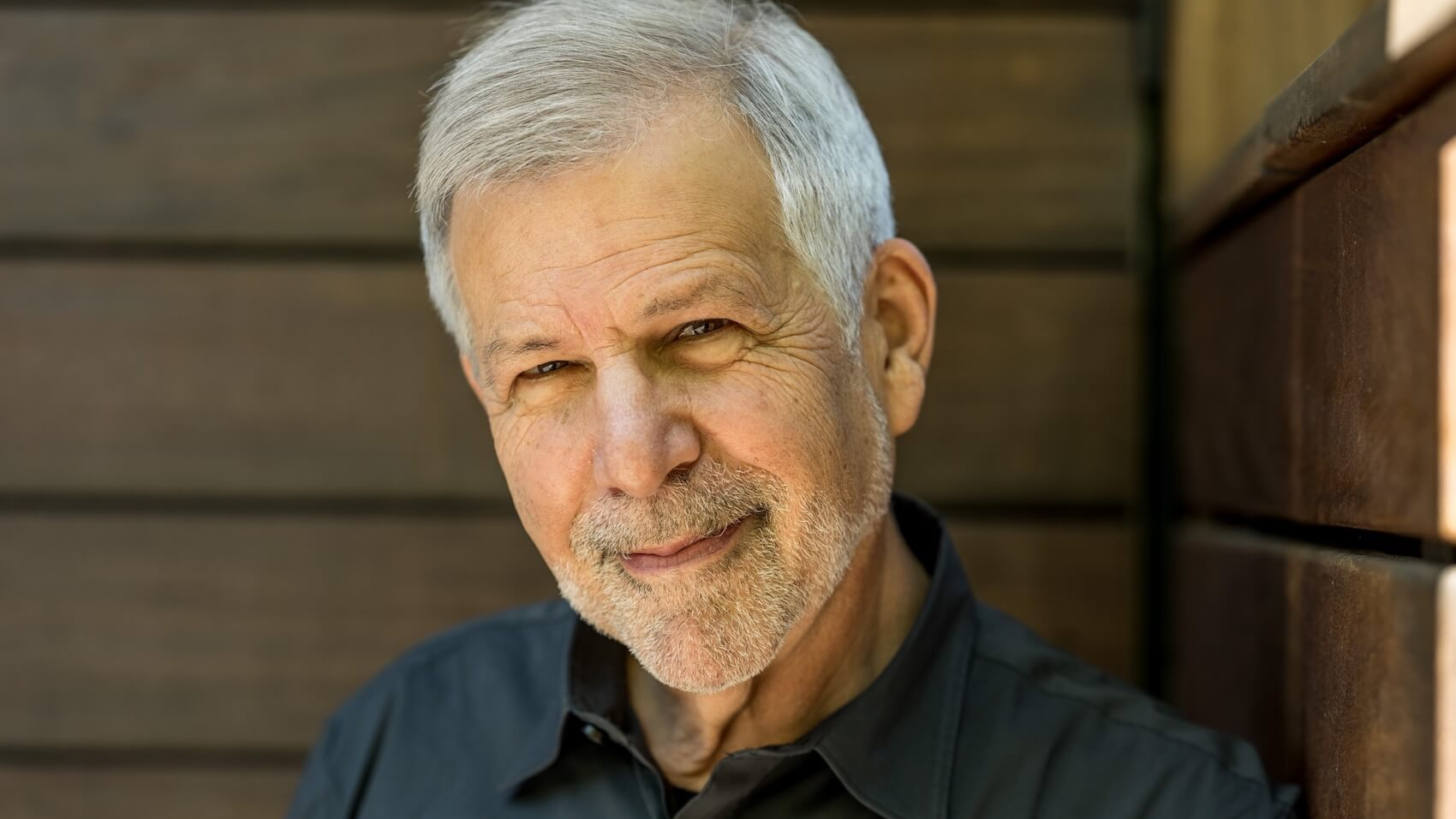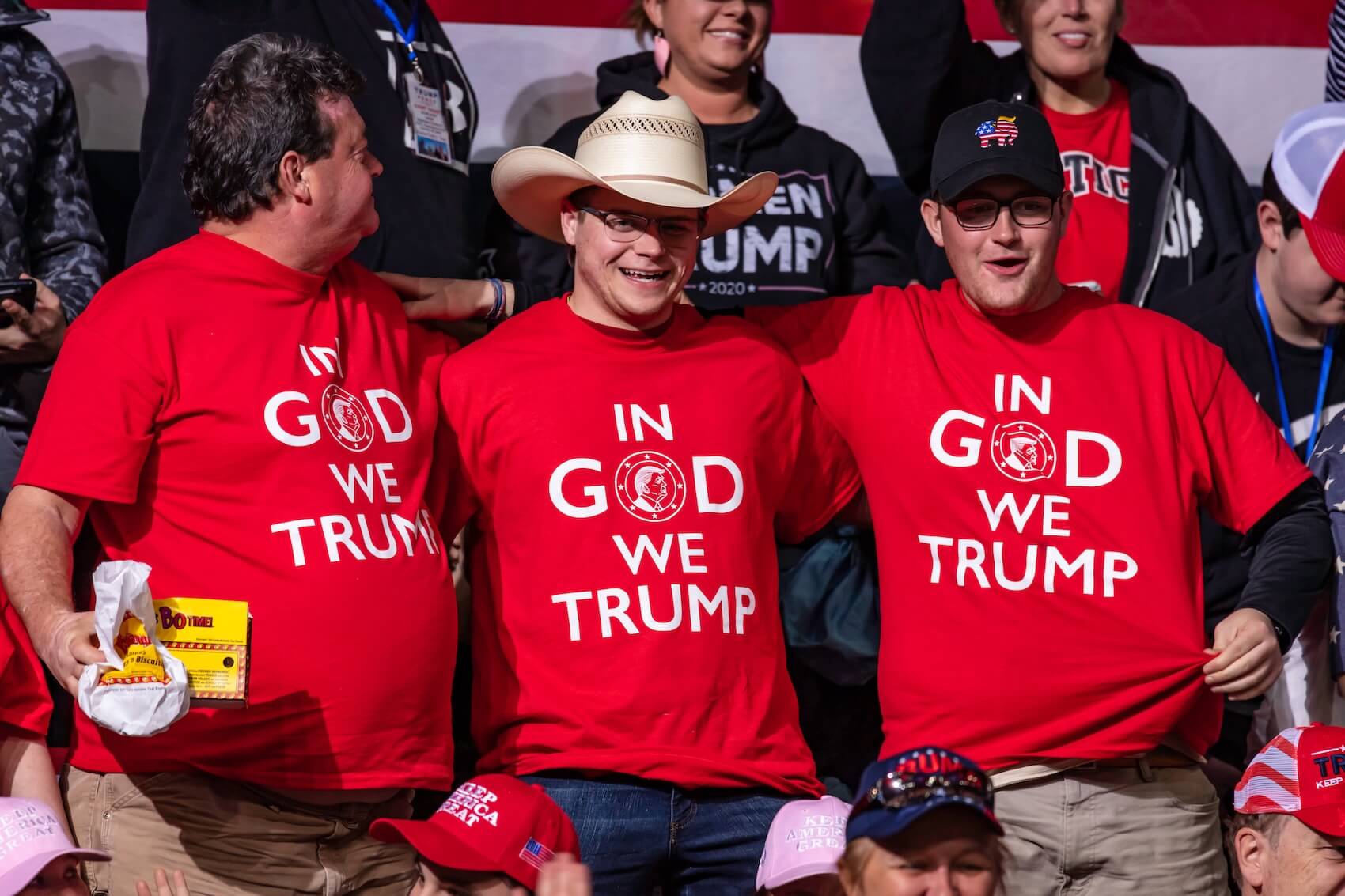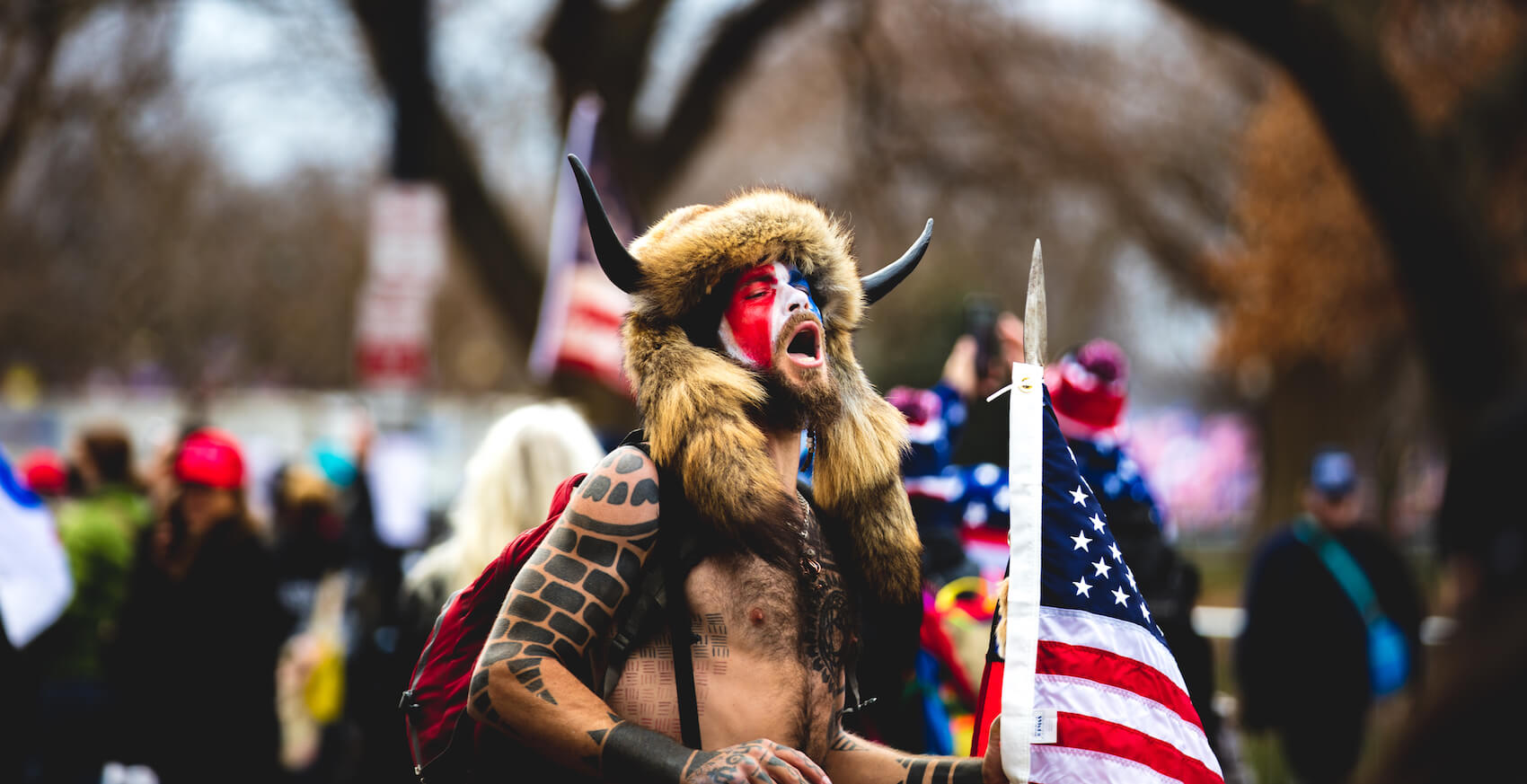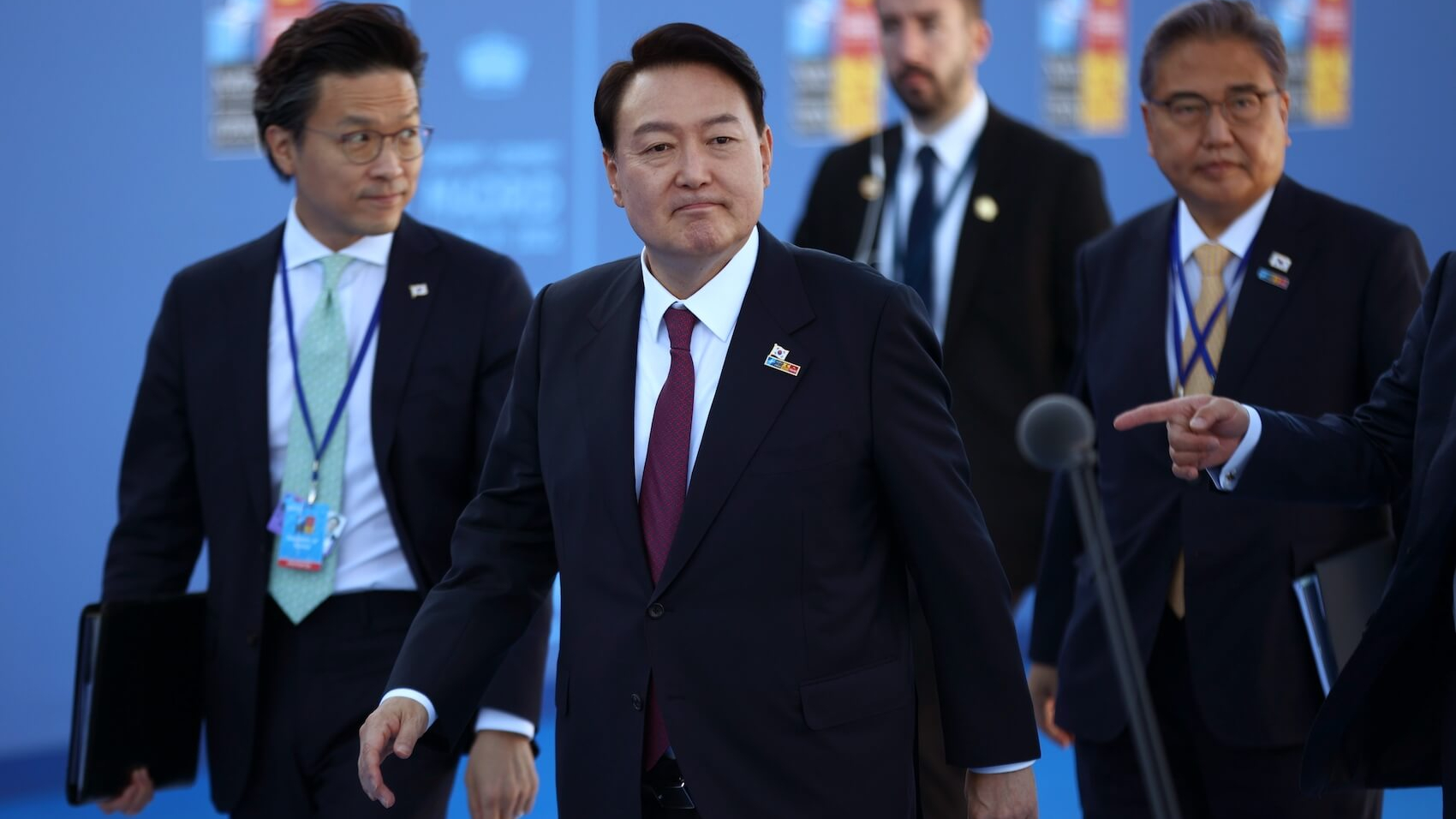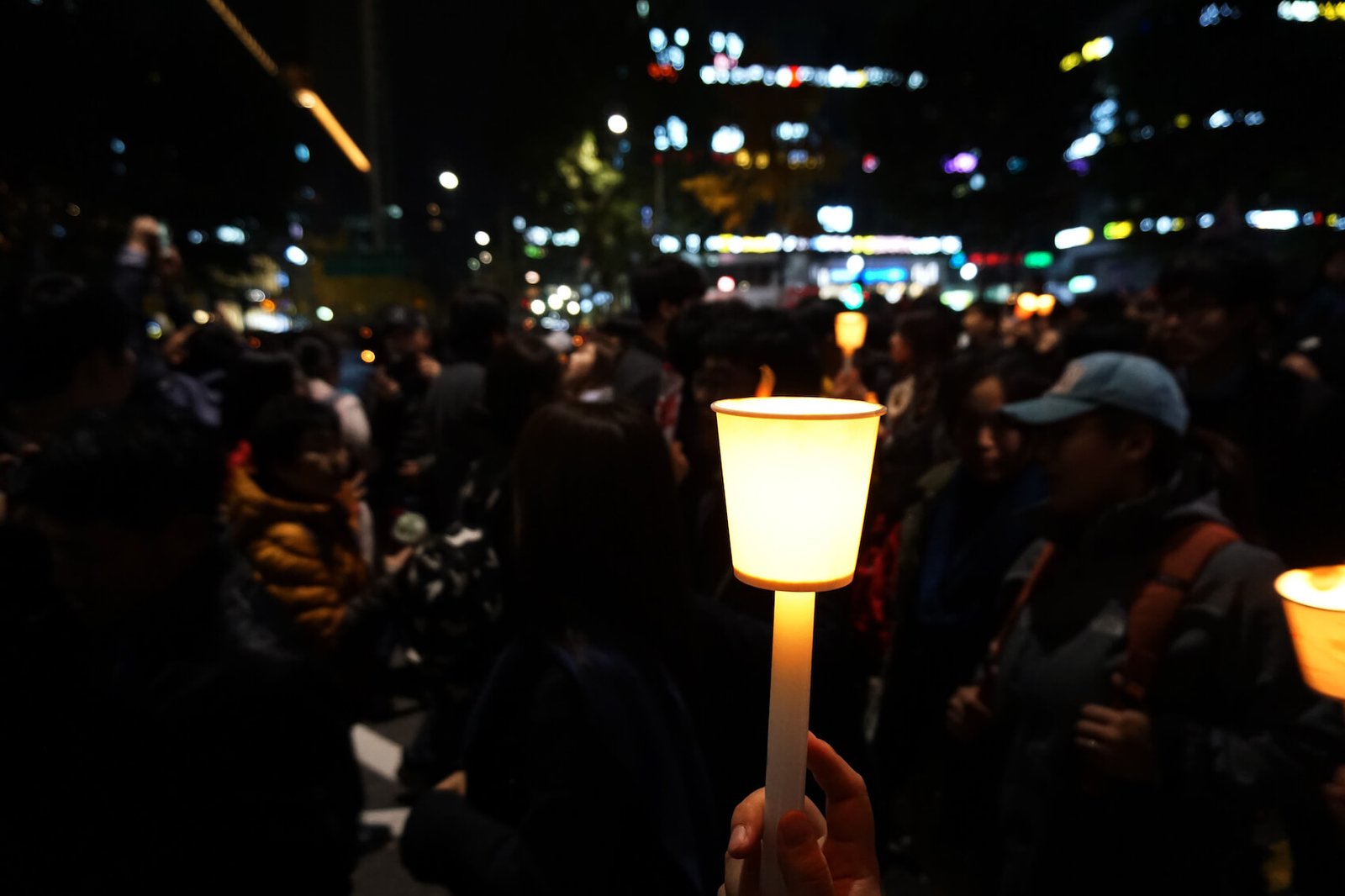Populist US President Donald Trump’s self-proclaimed favorite word, “tariff,” has far-reaching implications beyond simple taxation. In this insightful analysis, Professor Eser Karakaş dissects the economic distortions and welfare costs associated with protectionist trade policies. He examines how tariffs disrupt relative price structures, reducing efficiency and shifting wealth from consumers to producers, ultimately leading to net societal losses. Drawing on economic theory and Mancur Olson’s “Logic of Collective Action,” Karakaş explains why seemingly irrational tariff policies persist in political decision-making. He further explores Trump’s tariff war with China, its impact on global trade, and how it could weaken the US economy in the long run.
By Eser Karakas*
After being elected US president, Donald Trump declared that his favorite word in English was “tariff.” Tariffs refer to taxes and duties imposed on all goods and services subject to international trade. It is evident that the prices of tariffed goods and services will rise in the markets where they are offered to consumers. However, from an economic perspective, the most crucial issue is the change in the relative price structure between these goods and services and their substitutes, or more technically, the distortion of the relative price structure. This distortion in relative prices has significant implications for both efficiency and distribution. It can disrupt the natural functioning of markets, leading to inefficiencies in resource allocation and creating different economic consequences for specific industries and consumer groups.
At a certain stage in their careers, professional economists often share a well-known joke among themselves. Students who begin their economics education take a two-semester Introduction to Economics course in their first year of university. This course is built around a fundamental textbook, and the higher the quality of this book, the stronger the foundation for the student’s career in economics.
During our youth, Paul Samuelson’s textbook was widely used. Today, Gregory Mankiw’s book is the primary choice in many universities. Daron Acemoglu has also authored a highly contemporary and comprehensive introduction to economics textbook. However, for the author of these lines, the personal preference remains Mankiw.
As students progress, the level of economics courses becomes more advanced, leading to graduate and doctoral studies. A thesis is written on a specific field of economics, an academic career begins, and over time, one moves toward becoming a professor. As the years pass, one realizes that if the Introduction to Economics textbook studied in the first year of university was well-taught and well-learned, it provides significant insights into understanding global economic issues. In fact, I would go even further—half-joking, half-serious—and say that this book alone is often sufficient.
Let’s approach the meaning of the word “tariff” (customs tariff), which Trump has claimed to be his favorite, through a first-year Introduction to Economics textbook. However, towards the end of the article, I will reflect on the concept of tariffs through Mancur Olson’s The Logic of Collective Action and take the discussion to a more advanced level within the framework of endogenous growth theory.
Now, let’s consider Trump’s tariff policies. For instance, imagine he imposes a 30% tariff on automobiles produced in the EU, affecting brands like BMW, Mercedes, Audi, and Citroën. In the US market, importers of EU cars will pass on this additional tariff to consumers as much as they can, making EU-manufactured vehicles approximately 30% more expensive. As a result, the relative price structure between US-made and EU-made automobiles will be distorted.
This distortion will have economic costs in terms of both efficiency and distribution. Because the most important factor in economics is the maximization of consumer surplus. However, the imposition of tariffs will reduce the surplus of US automobile consumers while increasing the producer surplus of domestic car manufacturers. This transfer of surplus (from consumers to producers) will grow even larger as tariff rates increase. Let’s not forget, surplus means welfare; therefore, as consumer welfare decreases, producer welfare increases.
As I mentioned above, the economic consequences of tariffs are not merely distributive. In other words, the issue is not just the transfer of consumer surplus or welfare from consumers to producers. Tariffs introduce significant efficiency costs to the extent that they distort relative prices. The practical implication of these efficiency costs is that the decline in consumer surplus (welfare) exceeds the increase in producer surplus (welfare). This is inevitable and results in an absolute welfare loss for society as a whole—including consumers, producers, and the state.
Just like balancing a shopkeeper’s ledger, when evaluating the effects of tariffs, one side should account for the increase in producer surplus and the tax revenue generated by tariffs (government revenue)—these represent the gains for certain segments of society. On the other side of the ledger, one must include the reduction in consumer surplus or overall consumer welfare. Theoretically, the losses will outweigh the gains. In other words, tariffs have a net negative impact on overall societal welfare. This decline represents the efficiency cost arising from the distortion of relative prices due to tariff policies.
Therefore, as early as the 18th century, Adam Smith’s phrase “laissez-faire, laissez-passer” emphasized the need to allow the free movement of goods and services in international trade. It was argued that tariff barriers inevitably have negative effects on welfare, and thus, such restrictions should be avoided.
Trump’s statement, “I will close the US budget deficit by significantly increasing tariffs,” is narrowly correct, as it would lead to higher public revenues. However, on a broader scale, it is incorrect because, despite the increase in government revenue, overall societal welfare would decline due to these tariffs. At this point, we can ask a fundamental question: Although the welfare effects of tariffs—largely negative—have been well understood in economic theory for many years, why are they still implemented, at least to some extent, in every country and economic union, even if not as aggressively as Trump suggests?
Today, even the European Commission, which adopts a more liberal and Smithian stance on tariffs compared to the United States, imposes a Common Customs Tariff (CCT) on third countries and uses these revenues to finance a significant portion of the EU budget. However, it should be noted that these tariff rates are not at levels that would cause substantial welfare losses. Nevertheless, economic theory operates under the same fundamental principles everywhere and at all times.
Let’s delve a bit deeper into the negative effects of high tariffs with an example. Suppose the US imposes high tariffs on automobiles originating from the EU. As a result, American consumers will purchase fewer automobiles. Due to the distortion of relative prices, they will shift their consumption preferences toward domestically produced vehicles. However, it should not be overlooked that, thanks to these tariffs, US automakers, freed from import competition pressures, will be able to raise their prices and generate profits beyond normal levels. Additionally, as the competitive pressure from EU automobiles diminishes, the quality of US-produced cars may also decline. This situation presents a striking example of the distributive effects of tariffs.
Readers of this article can compare the quality and quantity of the Turkish automotive industry before and after the 1996 Customs Union and recall the welfare, efficiency, and distributional effects of tariffs and their removal (with a low common external tariff). As a result, due to the high tariffs Trump intends to impose on EU-origin automobiles, US consumers will be forced to purchase fewer and lower-quality vehicles at higher prices. Meanwhile, US automakers will be able to sell more expensive and lower-quality cars in greater numbers compared to the pre-tariff period. The winners and losers of this process are evident. The overall society experiences a welfare loss, and demographically, the number of those who lose from this policy far exceeds the number of beneficiaries.
So why, despite this reality, do political movements—such as the US Republican Party, even if not Donald Trump himself—dare to make such politically irrational decisions as they have to go an election? Could seemingly irrational actions, both politically and economically, actually be more rational than they appear? This question has long intrigued economists throughout the history of economic thought. However, one of the most significant contributions to this issue came from the renowned American economist Mancur Olson (1932–1998). Olson was a key figure in the public choiceschool of economics, which applies the fundamental philosophy of methodological individualism to group decision-making processes in a highly effective manner. Economists have coined the term “Olson Paradox” to describe his theory. In this brief article, I do not intend to delve deeper into this concept.
In the case of tariffs imposed on EU-manufactured automobiles, which I have attempted to outline above, the number of individuals experiencing welfare loss far exceeds those benefiting from the policy. However, despite their numerical superiority, these affected groups struggle to organize collective action to protect their interests. In fact, from a theoretical perspective, such collective action is nearly impossible. This is because an individual member of the large group suffering welfare loss seeks to maximize their potential gains from the group’s collective success while contributing as little as possible to the effort. This creates a paradox: the larger the group, the stronger the incentive for each individual to minimize their contribution. As a result, coordination costs rise, further discouraging collective mobilization. Consequently, due to this reluctance to bear even minimal costs, collective action fails to materialize.
In contrast, the small group that benefits from increased welfare faces minimal coordination costs. Their gains are larger and more tangible, making collective organization much easier. When considering the mechanisms of political financing in the United States, it becomes clearer which groups will take the lead in campaign donations and lobbying efforts. The logic of collective action is riddled with paradoxes, yet understanding these dynamics is crucial for making sense of the political and economic processes we experience today.
Now, let’s turn to the broader issue of Trump’s tariff wars and their impact on international economics. Earlier, we used the EU automobile industry as an example. Here, I would like to focus on the Chinese economy and its consumer goods sector as another key example.
The world’s annual value-added production—or global income, if you prefer—is approaching $120 trillion. The US economy, with a population of 350 million (compared to a global population exceeding 8 billion), accounts for more than a quarter of this global production. In the US, per capita income is approaching $100,000, whereas in China, it stands at approximately $15,000 at current exchange rates. This disparity in per capita income is crucial to our analysis. At this stage, in my view, Trump makes a critical mistake by imposing high tariffs on Chinese goods. But why do we see this decision as misguided—not only from the perspective of economic theory but also for the US economy itself? There are several reasons for this.
As long as Chinese consumer goods entered the US market tariff-free, an American worker with $100 in their pocket could walk into a mall and leave with a large basket of consumer goods. From an economic perspective, this means that even if nominal wages (in dollar terms) remained constant, the real wages of American workers would increase significantly due to cheaper goods. This scenario would have also benefited American employers, as the pressure to increase wages would have eased, allowing the US economy to gain efficiency in global competition. It is difficult to understand the logic behind a policy that deliberately increases the cost of wage goods within the US, thereby forcing monetary wages to rise inevitably. Beyond this, the services sector—which produces non-tradable services—would have also gained significant momentum as a result of rising real wages.
There is also the dimension of controlling and shaping the Chinese economy in this equation. As mentioned earlier, China remains a low-income economy in per capita terms, despite its massive population of just under 1.5 billion people. Given this reality, China is highly susceptible to significant employment challenges, making it a country prone to labor market instability in such a scenario.
As long as the US consumer goods market remained open to China with zero tariffs, the vast and wealthy American market’s high demand for consumer goods would have naturally shaped China’s economic priorities. In such a scenario, not only would China have had an interest in a cooperative US administration, but it would also have been compelled to prioritize consumer goods production to meet US demand. It is crucial to remember that, like every economy, China operates under the principle of limited resources. This means that the Chinese government, in its effort to create employment for its massive population, would have had to align its economic structure—at least partially— with the consumer goods demand of the US economy.
You may recall Trump’s fixation on bicycles, frequently questioning, “Why don’t we manufacture bicycles like we used to, instead of importing them from China?” This raises an important question: Within the framework of comparative advantage theory, which applies to the US economy as well, and considering the reality of limited resources, does it make sense for the US to allocate even a small portion of its labor and capital to bicycle production—an industry whose production techniques have remained largely unchanged since the 19th century? Would such a decision be economically rational for a nation with far more competitive and high-value industries?
One doesn’t need to be a Nobel laureate to recognize that eliminating tariffs on Chinese imports would create comparative economic structures that ultimately benefit the US. Instead of focusing on bicycle manufacturing or internal combustion engine cars, the US government should prioritize high-tech industries, driving economic expansion through endogenous growth (Paul Romer, 2018, Nobel Prize). By boosting national income at an increasing rate, the US government could then redistribute this growing wealth using the Hicks-Kaldor compensation principle, effectively mitigating social discontent and ensuring broad-based economic prosperity.
Paul Romer, half-joking yet half-serious, suggests that as long as major mistakes are avoided, the economy could continue growing for five million years. However, Trump appears to be doing the exact opposite—and is likely to continue on this path. These policies will have severely negative effects on both efficiency and income distribution within the US. Moreover, and perhaps equally significant, they will weaken the US in global economic relations, particularly with China, leading to relative economic decline and shifts in the balance of power. For now, I’m far from convinced—but let’s wait and see. Maybe they know something we don’t.
(*) Dr. Eser Karakas is a retired Professor of Economics from the University of Strasbourg, where he taught Law and Economics and the Economics of Public Issues at the Institut d’Etudes Politiques. He is also a member of the Advisory Board at ECPS. His primary research interests include public economics, public choice, public finance, European finances, public policy, law and economics, and good governance.

